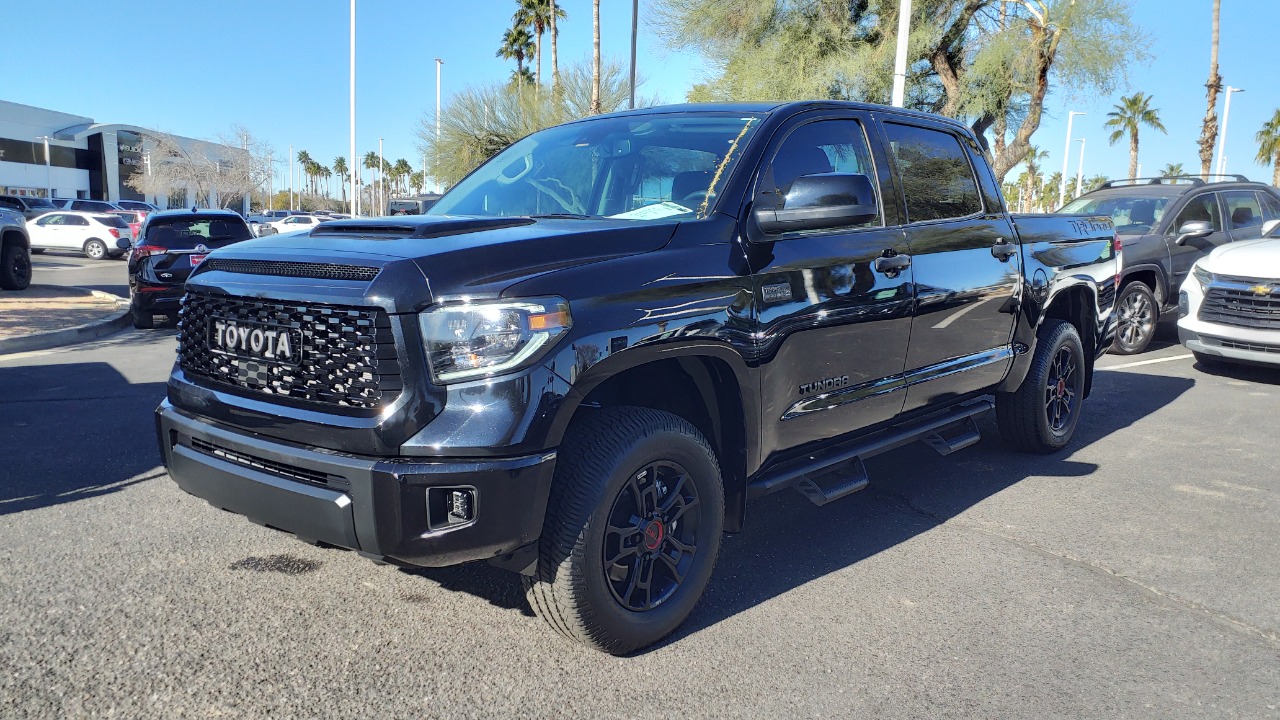
Toyota’s TRD (Toyota Racing Development) program in the U.S. has a rich history that is deeply rooted in its Japanese origins. Officially launched on October 1, 1977, in Torrance, California, the TRD program was initially focused on off-road and rally racing. Over the years, it has evolved into a powerhouse for high-performance parts and vehicles, with a surprising connection to Toyota’s global competition strategy. This article delves into the unexpected collaborations and innovations that have shaped the enthusiast culture and the TRD program’s history, as explored in recent reporting.
Origins of TRD in Japan and Global Foundations
The TRD program was established as Toyota Racing Development in Japan in 1976 under the leadership of engineer Katsuhiro Wada. Its primary role was to support factory racing efforts for models like the Celica. Toyota’s early international expansion motivations included a desire to compete in global rallies such as the World Rally Championship. TRD provided the technical expertise for vehicles exported for these competitions.
TRD’s early achievements were significant, contributing to the success of the 1970s Corolla rally cars that secured multiple national titles in Japan. These victories underscored the program’s potential and set the stage for its expansion into the U.S. market.
Launch of TRD USA and Initial Challenges
TRD USA was formally launched on October 1, 1977, in Torrance, California. As a subsidiary of Toyota, its mission was to adapt Japanese racing technology for the U.S. market. The team, which initially consisted of just 10 employees, focused on developing off-road suspension kits for the Hilux pickup in 1978. These kits were designed for desert racing events like the Baja 1000.
However, the early years of TRD USA were not without challenges. Regulatory compliance with U.S. emissions standards and the task of building dealer networks delayed widespread adoption until the early 1980s. Despite these hurdles, TRD USA persevered, laying the groundwork for its future success.
TRD’s Entry into American Motorsports
TRD made its debut in U.S. racing in the 1980s, supporting Celica GT-S models in SCCA Showroom Stock races. The team achieved podium finishes at tracks like Laguna Seca, marking a significant milestone in TRD’s American journey. The program also formed partnerships with teams like Alarcon-Buick, providing engines and tuning for the 1982 Trans Am series, marking a shift toward circuit racing.
In 1984, the TRD badge was introduced on production parts, starting with turbo kits for the MR2. This move boosted sales among performance enthusiasts and solidified TRD’s reputation as a provider of high-performance parts and vehicles.
Evolution of TRD Performance Parts in the 1990s
The 1990s saw the expansion of TRD’s aftermarket accessories. In response to growing SUV off-road demand, supercharger kits for the 4Runner were launched in 1991. TRD also played a significant role in NASCAR’s Truck Series starting in 1995 with the Tundra. Customized chassis helped secure wins at events like the 1999 Daytona race.
In 1997, the TRD division was created within Toyota’s U.S. sales structure. Led by director Dick Marx, this move aimed to streamline the distribution of over 50 performance products, further enhancing TRD’s presence in the U.S. market.
Key Milestones in TRD Racing Dominance
TRD’s successes continued into the 2000s. The Camry, powered by TRD engines built in Costa Costa, California, achieved multiple wins in the NASCAR Cup Series from 2007 onward. Off-road triumphs included the Tacoma’s victories in the SCORE International series from 2002, with TRD-tuned suspensions enduring extreme conditions in the Mexican 1000.
In 2010, TRD established its Pro Stock drag racing program. Drivers like Doug Kalitta achieved top speeds over 330 mph at NHRA events, further cementing TRD’s reputation in the world of motorsports.
Modern TRD Innovations and Cultural Impact
Recent developments include the 2019 GR Supra’s TRD upgrades, which featured carbon fiber aero kits tested at Willow Springs Raceway for enhanced track performance. Since 2015, TRD has been integrated with Toyota’s Gazoo Racing (GR) brand, resulting in limited-edition models like the 2021 Tundra TRD Pro with Fox shocks.
The TRD program’s influence on U.S. automotive culture is undeniable. From sponsoring events like SEMA to fostering a community of over 1,000 certified TRD installers nationwide, TRD has left an indelible mark on the industry and continues to drive innovation and performance to new heights.
More from MorningOverview